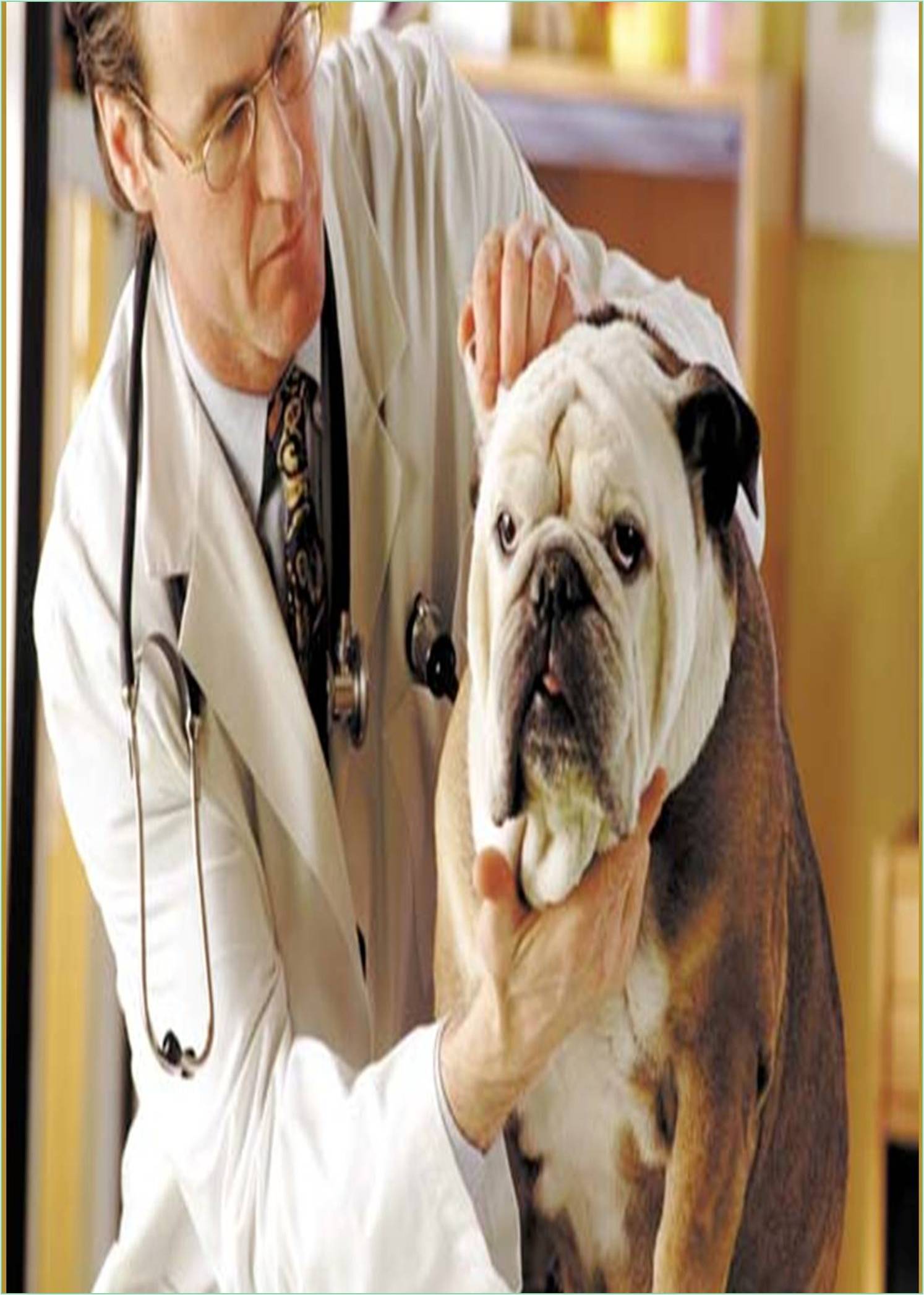



Received: 25-Jul-2022, Manuscript No. GJVMR-22-74151; Editor assigned: 28-Jul-2022, Pre QC No. GJVMR-22-74151 (PQ); Reviewed: 11-Aug-2022, QC No. GJVMR-22-74151; Revised: 18-Aug-2022, Manuscript No. GJVMR-22-74151 (R); Published: 25-Aug-2022, DOI: 10.15651/GJVMR.22.10.003
Brucellosis is a bacterial disease that affects a variety of animal species including sheep, goats, cattle, deer, elk, pigs, and dogs. This disease is also known as contagious abortion or bang disease in livestock and undulating fever in humans because the infection is associated with recurrent fevers. This bacterial infection is highly contagious among dogs. Infected dogs usually develop reproductive infections or sexually transmitted diseases. Brucellosis in dogs usually causes reproductive problems such as infertility and miscarriage, with few other clinical signs of illness. This disease is most common in sexually intact adult dogs. This is one of the main causes of infertility in breeding animals. It is found worldwide and affects all types of dogs and can also be transmitted from dogs to humans. In dogs, the bacterium attacks the reproductive organs (steroid-dependent tissues) but can also migrate to the eyes, spine, liver, spleen, and lymph nodes.
Brucellosis can be treated with antibiotics, but it will take a long time and is difficult to treat. Recovery may take weeks or months, depending on the severity of the condition. Dogs are exposed to the disease through contact with infected bodily fluids. The most common route of transmission of an infection is oral (i.e., by licking contaminated urine or genital tract feces, or by licking or chewing on placental material or aborted fetuses). It can also be transmitted by inhalation (sniffing contaminated urine or other objects), or through other mucous membranes such as the eyes.
The most commonly observed clinical condition in female dogs is infertility, with 75% of cases resulting in late abortions (45-55 days of gestation). Aborted pups usually show signs of systemic infection, with females showing tan or greenish-grey discharge and being highly contagious with bacteria over several weeks. Male dogs present with severe inflammation infection of the epididymis (the part of the testicle where sperm mature and are stored). In the early stages of infection, the testicles become enlarged and painful. As the infection progresses, the testicles tighten and shrink. Infected male dogs become infertile due to damage to the testicles, leading to the formation of anti-sperm antibodies. Infected male dogs may also develop prostatitis (inflammation of the prostate) with clinical signs of difficulty urinating and defecation. Symptoms may appear within a week to several months after exposure. On average, signs and symptoms appear within 3 to 4 weeks after infection. Other signs include arthritis in cattle and pigs, mastitis and lameness in goats, and weeping skin lesions in horses. Repeated attempts to develop a cure for brucellosis in animals have failed. Animals may recover after some time, but often only the signs disappear and the animal remains ill.
Infections are usually diagnosed by blood tests. The most common blood test, called Rapid Agglutination Test (RAST), can detect infection after 3-4 weeks. This test is used to screen breeding dogs, and a negative test is reliable unless the dog has been recently exposed to the disease. Brucellosis is very difficult to treat and often recurs. Treatment includes spaying or neutering, months of antibiotics, and frequent blood tests to monitor treatment progress. Treatment for kennel dogs will typically not be attempted, until and unless the dog is examined regularly and can be isolated from other dogs and people for the potential life of the dog. These symptoms are usually improved and completely go away within 2-6 months.